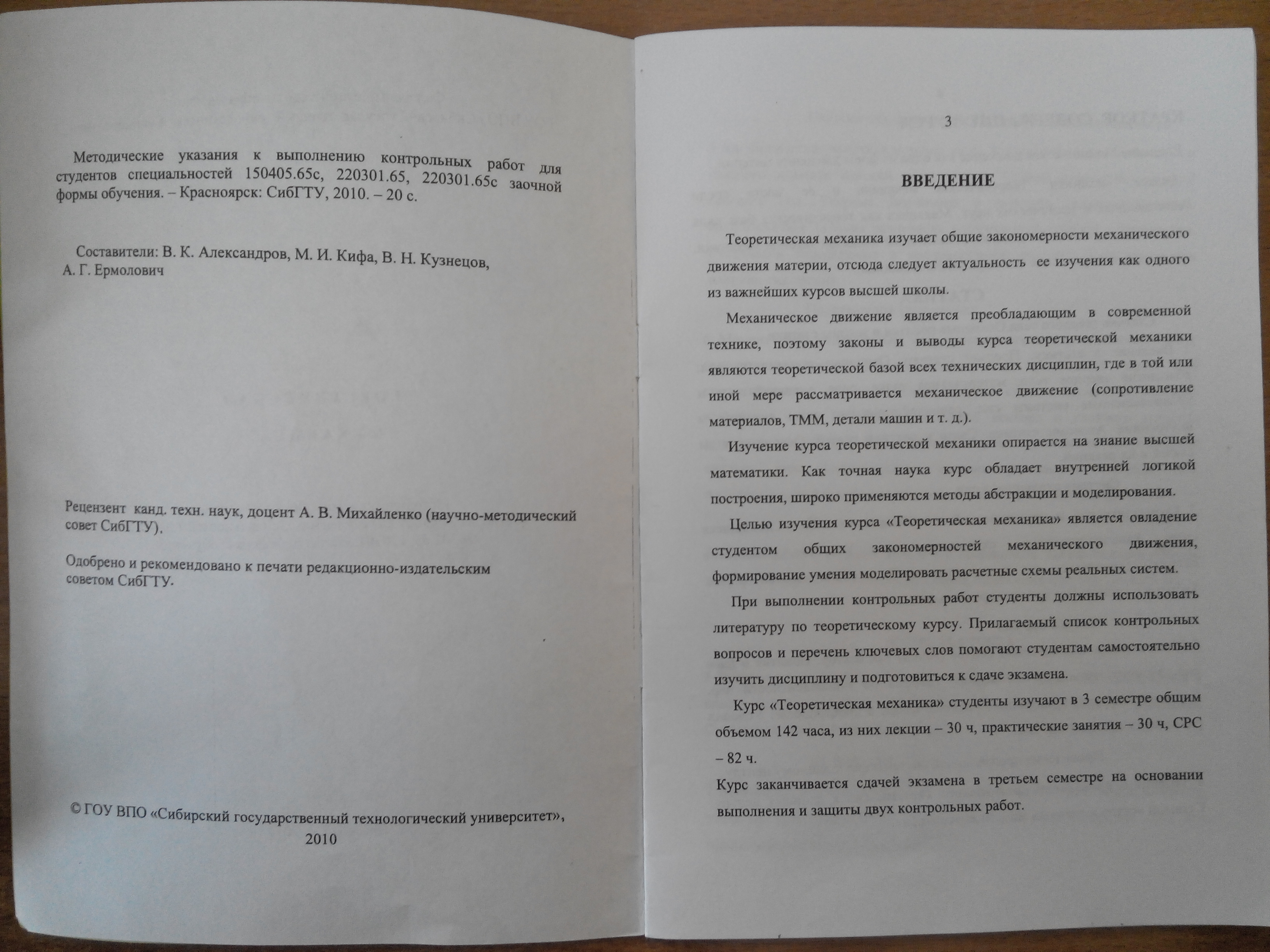Reshebnik Po Teoreticheskoj Mehanike Dievskij Malisheva

Comment4,%-DDD, -zadanij-po-teoreticheskoj-mehanike-dinamika-rudyak-reshebnik-06-28. 100 Greatest Headlines Ever Written Jay Abraham The 100 Greatest Headlines Ever Written By Jay Abraham Brought to you by www.JayAbrahamSystem.com RESOURCE BOX By www.JayAbrahamSystem.com 1. Jay Abraham Income Building System – Learn how to build your income and million dollar secrets by Jay Abraham: www.JayAbrahamEbooksOnline.com 2.
Traditional Construction Methods: CONCRETING CONCRETING Placing Concrete The main objective in placing is to deposit the concrete as close as possible to its final position as quickly and efficiently as you can, so that segregation is avoided and it can be fully compacted. Mask template printable free. Concrete can be transported by a variety of different methods ranging from wheelbarrows, dumpers and ready-mix trucks to skips and pumps, and though it is obviously desirable to place the concrete directly into position this is not always possible: for example, it will seldom be practical to discharge from a dumper or ready-mix truck directly into the top of a column or wall.
Concreting using skip and crane Concrete pump for placing concrete Concreting Someone experienced in the construction of formwork, preferably a tradesman, should always be standing by when the concrete is being placed. He should have a supply of suitable materials such as props, bolts etc.
To handle dangerous situations. Grout loss is an indication that joints were not tight or some movements has occurred during placing. The vibrations transmitted to the formwork can loosen wedges and fixings so a close watch on all fastenings is necessary to avoid loosening. Similarly, wedges should be regularly checked and tightened. All split concrete or grout leakage should be cleaned or diluted with spray water immediately after concreting to make striking and cleaning easier especially with steel formwork.
Remove timber spreaders which were used to hold formwork apart as concreting proceeds. Check cracking, excessive deflection, level and plumb, and any movement. Concrete should be deposited at, or as near as possible to, its final position. The concrete should be placed in uniform layers. Avoid placing it in large heaps or sloping layers because there is always a danger of segregation, especially with mixes tending to be uncohesive.
Wittmann Patch. The Wittmann Patch (STARSURGICAL, Inc., Burlington, WI) was designed to allow adjustment in the laxity or redundancy of the closure material to accommodate changes in intra-abdominal pressure and prevent abdominal compartment syndrome. The Wittmann Patch is a temporary abdominal fascia prosthesis for the planned open abdomen to ease management of cases where the abdomen cannot be closed due to abdominal compartment syndrome or because multiple further operations are planned (damage control repair [DCR]). The Wittmann patch can be used to perform a temporary abdominal closure (TAC) or open abdomen (OA) as part of damage control surgical interventions in trauma, peritonitis or pancreatitis and generally in all those conditions at risk of intra-abdominal pressure (IAP) increase. Wittmann patch abdominal closure. The Wittmann Patch is also added to negative pressure dressing systems when these systems alone are not enough to achieve fascial closure. The Wittmann Patch helps prevent lateral retraction and maintain abdominal domain. As swelling decreases, the fascial edges are gradually pulled together at dressing changes until able to close. Wittmann Patch. The Wittmann Patch is a Velcro ®-like device for bridging and re-approximating abdominal wall openings where primary closure is not possible and/or repeat abdominal entries are necessary.
In walls and columns no layer should be more than about 450 mm thick. With layers thicker than 450 mm, the weight of concrete on top makes it almost impossible-even with vibration-to get the air out from the bottom of the layer. In thin slabs compacted by a vibrating beam, restrict the layers to 150-200 mm. With greater thickness, vibrators have to be used.
Place the concrete as quickly as possible. But not faster than the compacting method and equipment can cope with. Where a good finish is required on columns and walls, fill the forms at a rate greater than 2 metres height per hour.
Also avoid delays and interruptions because these will cause colour variations on the surface. Make sure that each layer of concrete has been fully compacted before placing the next one, and that each new layer is placed while the underlying layer is still responsive to vibration. This will make the layers 'knits' together. Avoid the formation of cold joints.
Good planning is necessary, particularly with large pours. In columns and walls, the placing must be done in such a way that the concrete does not strike the face of the formwork; similarly, avoid heavy impact against reinforcement, as the force could displace it. Always make sure that the concrete can be seen as it is being deposited. Compacting Concrete: Theory After concrete has been mixed, transported and placed, it contains entrapped air in the form or voids. The object of compaction is to get rid of as much as possible for this unwanted entrapped air; down to less than 1% is usually the aim.

The amount of entrapped air is related to the workability: concrete with a 75 mm slump contains about 5% air, while concrete of 25 mm slump contains about 20%. This is why a low-slump concrete requires more compactive effort-either a longer time or more vibrators compared with a concrete with a higher slump. Reasons for Removing Air Voids reduce the strength of the concrete.